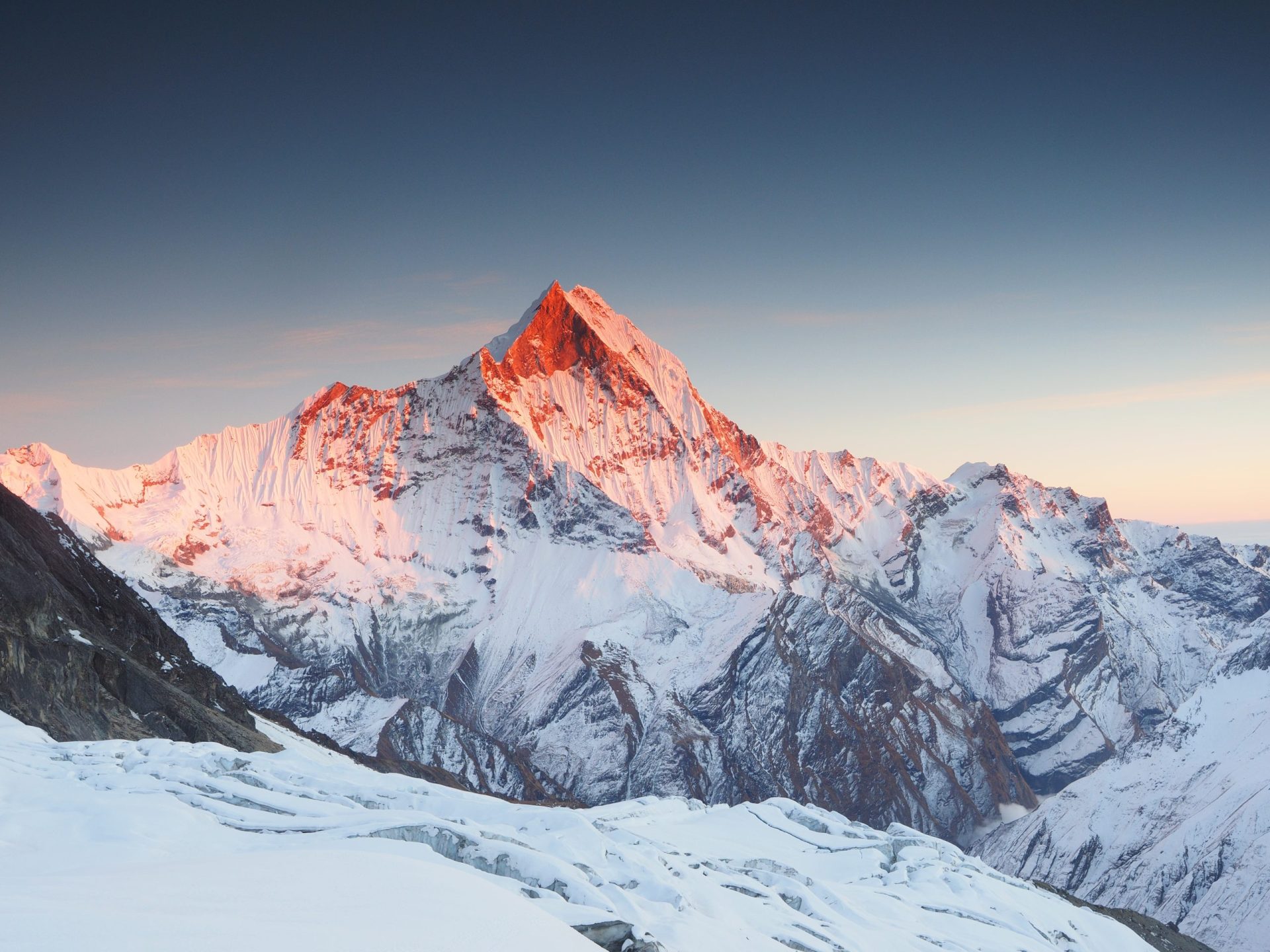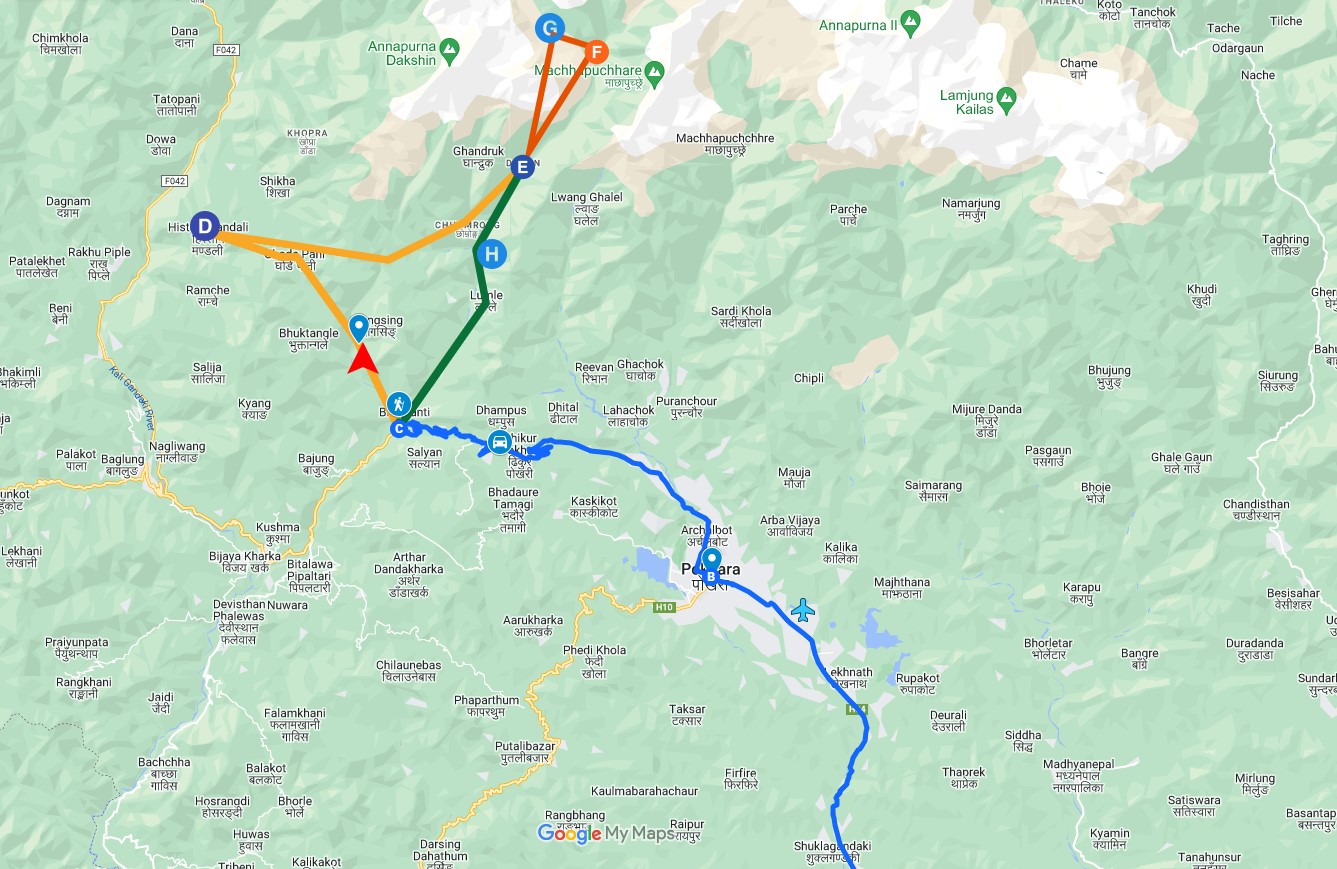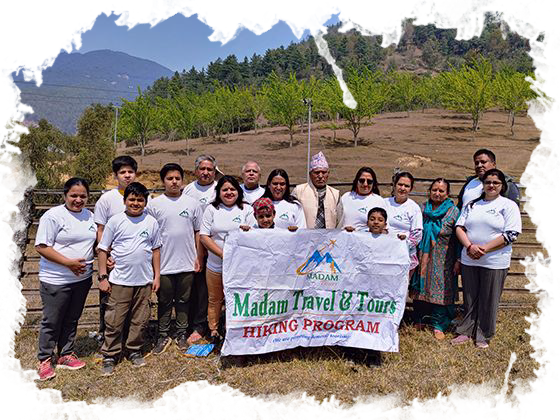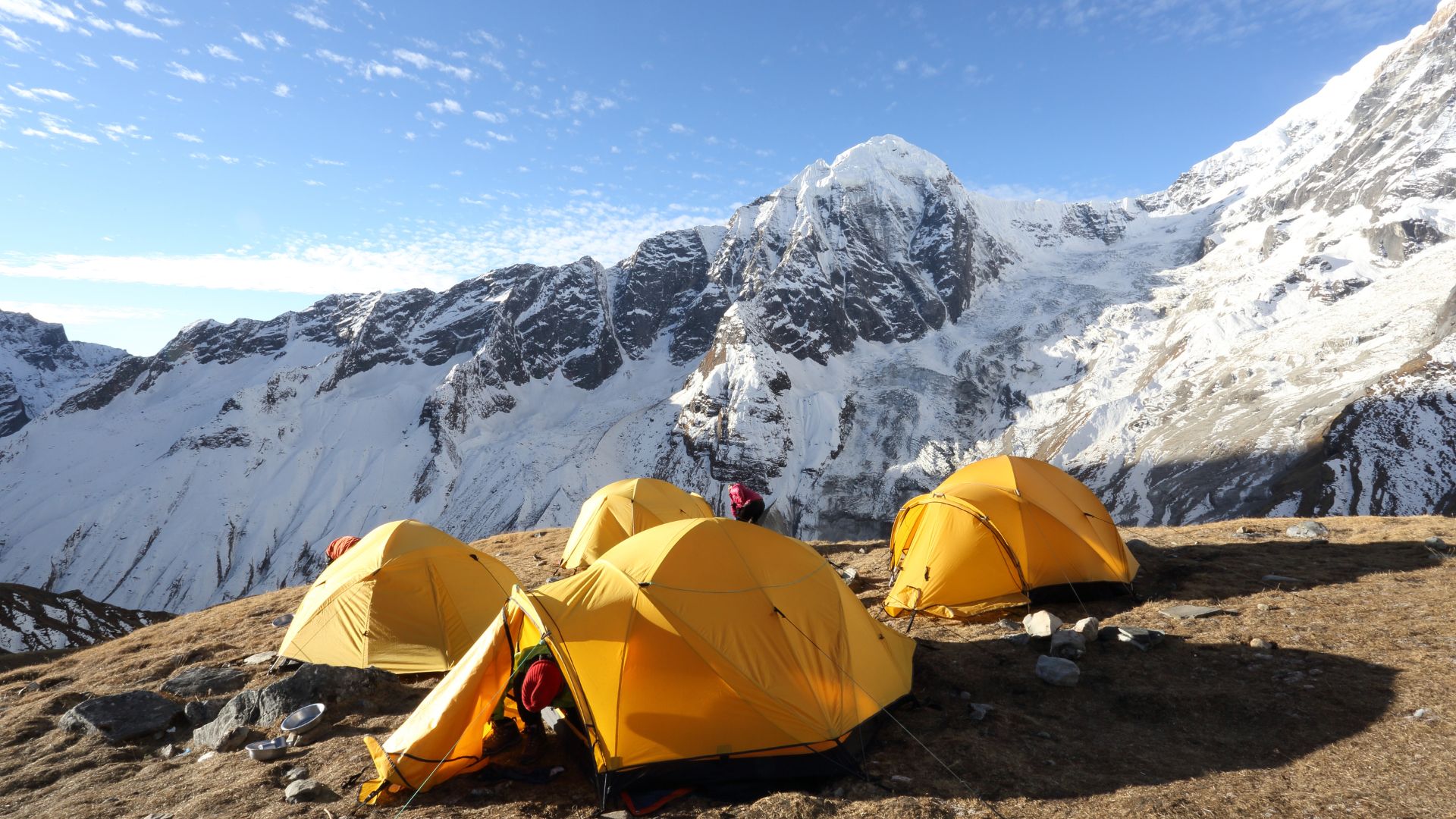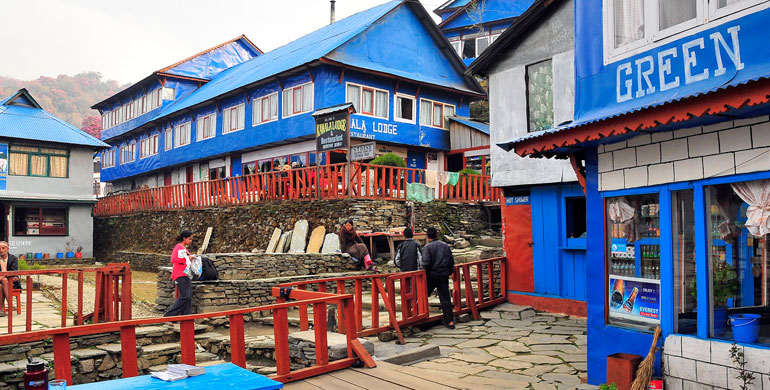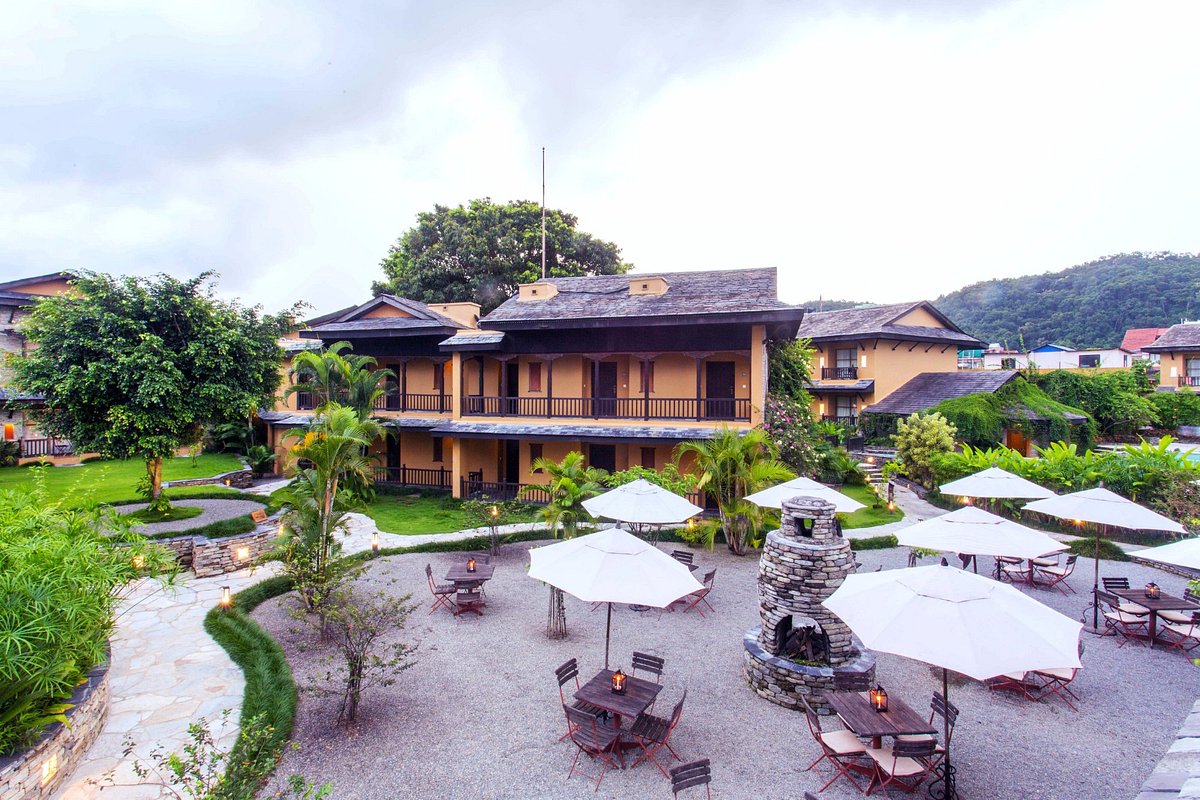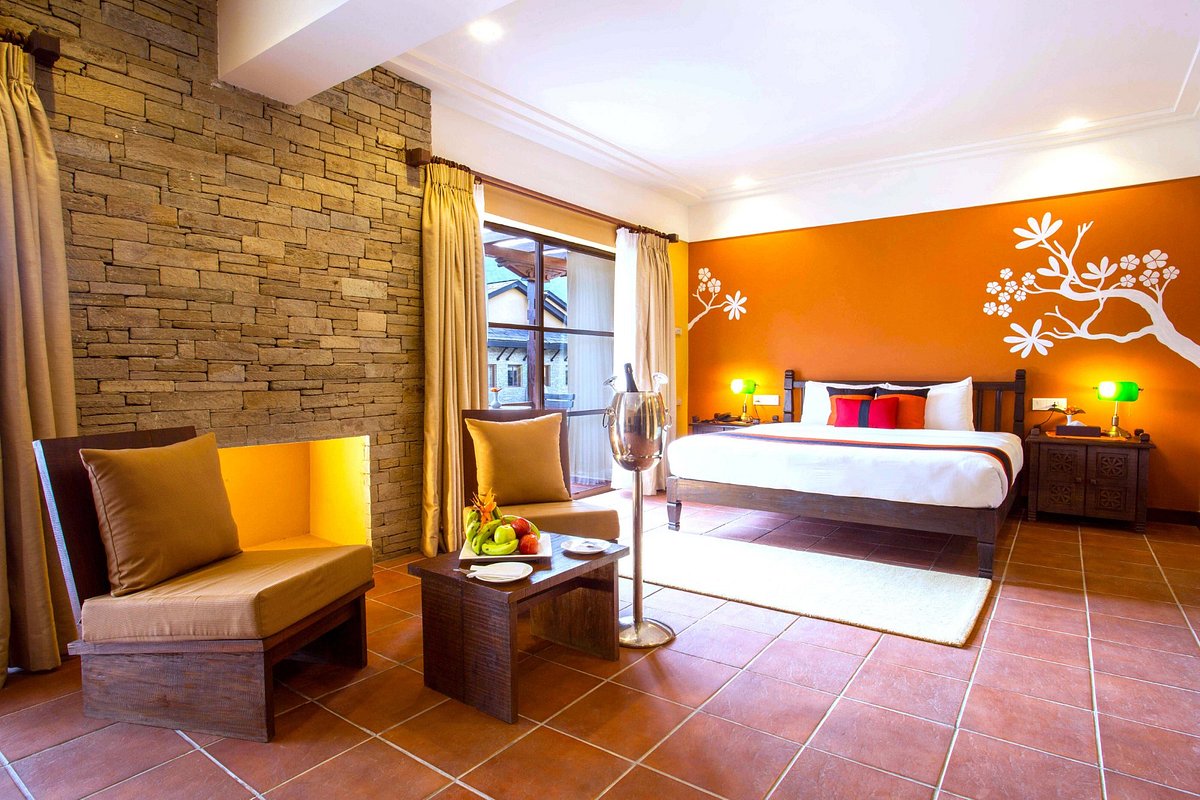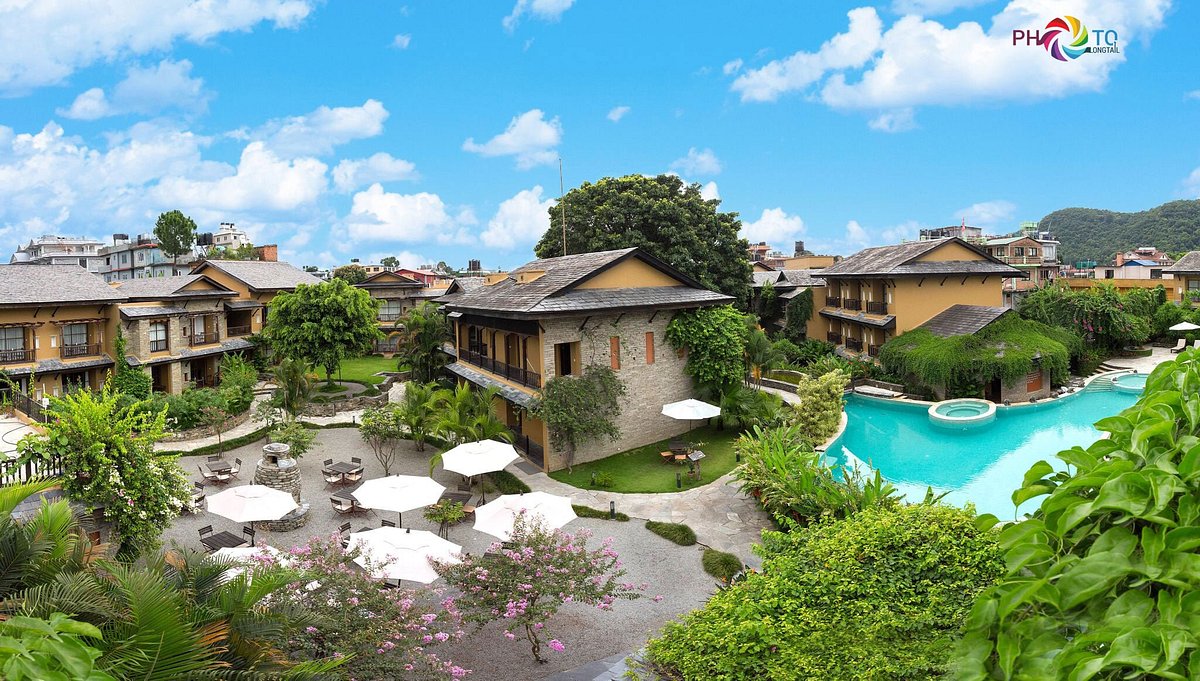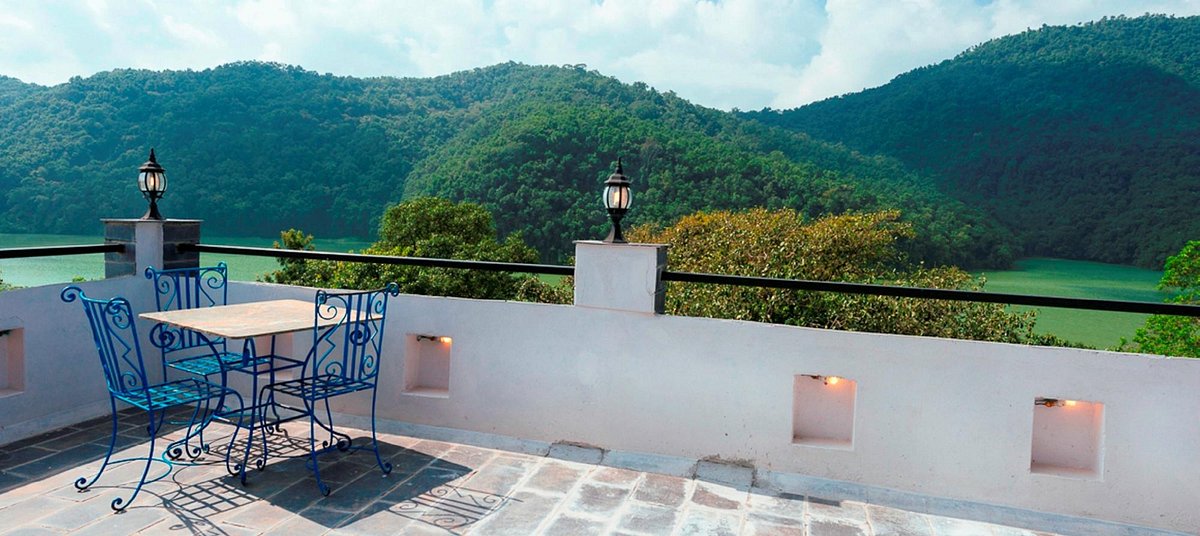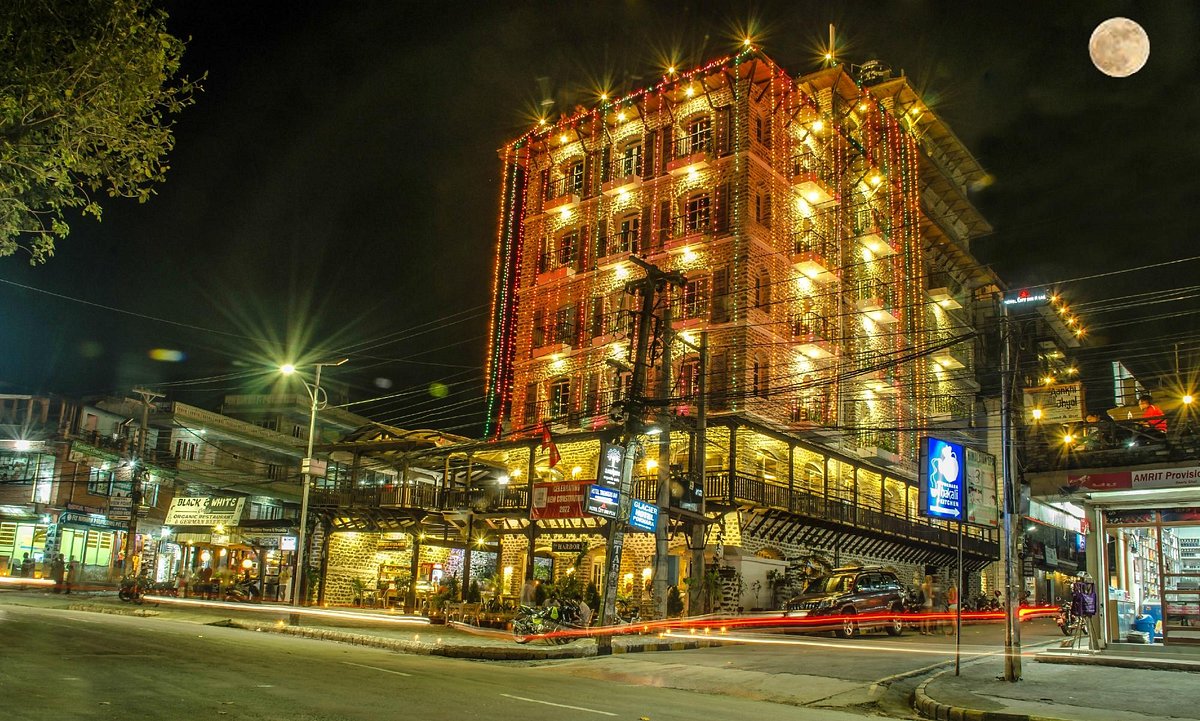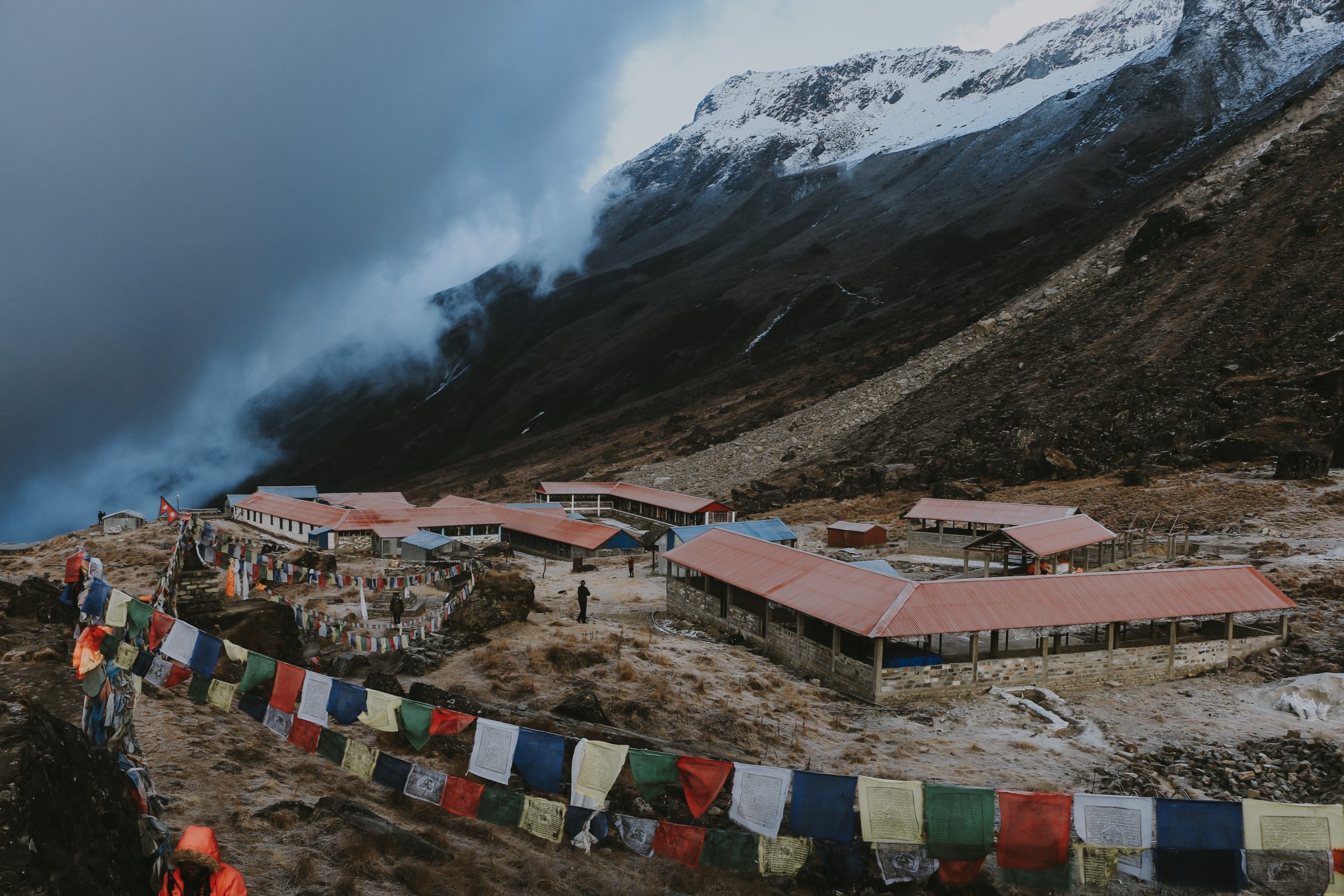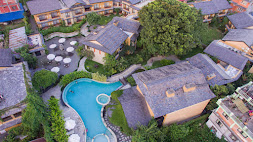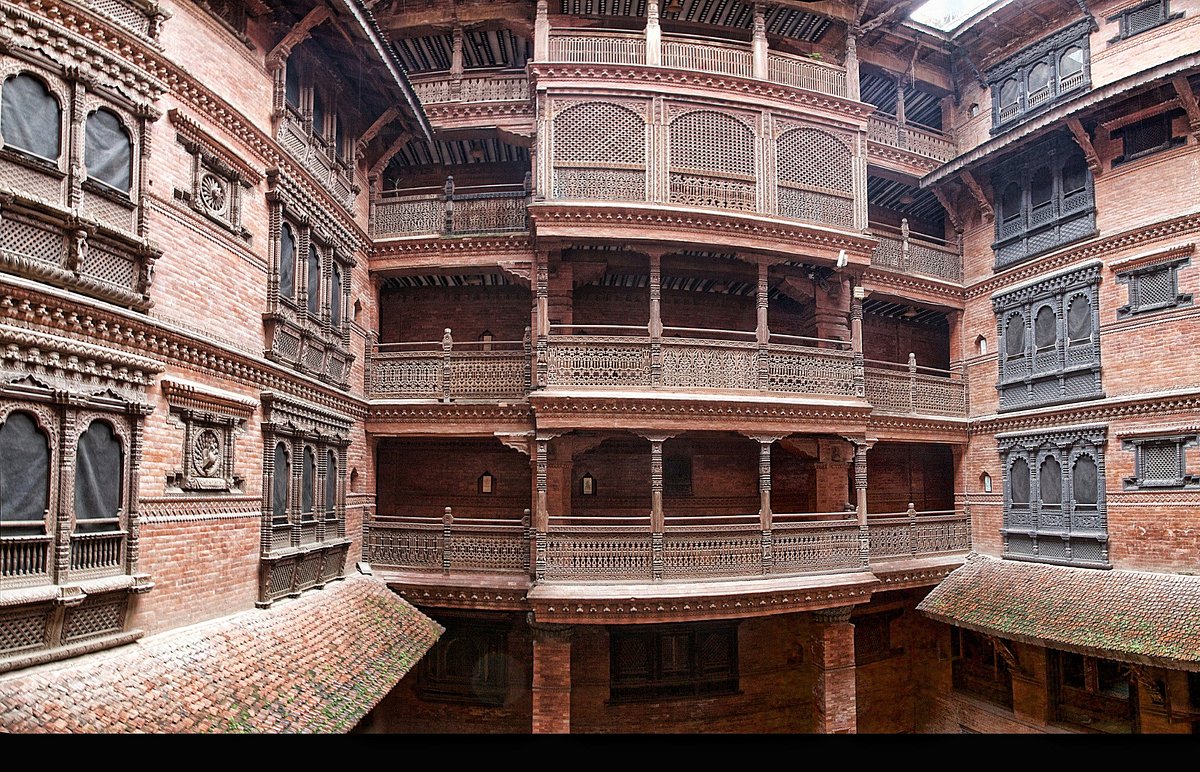Annapurna Base Camp
Annapurna Base Camp is a trekking destination that offers a thrilling adventure for hikers looking to explore the Himalayas. The trek takes you through beautiful valleys, traditional Nepali villages, and stunning mountain landscapes. You’ll experience the rich culture of Nepal, as you interact with the locals and learn about their way of life. The Annapurna Base Camp trek is challenging, but with proper preparation and guidance, it’s achievable for anyone with a reasonable level of fitness.
Overview
Annapurna region is the most popular trek region in Nepal. This Annapurna Base Camp trek includes two days in Kathmandu and 10 days in the Annapurna region excluding the arrival and departure days. The trek starts with a drive from Kathmandu to Pokhara, taking about 6 hours. After arriving in Pokhara, you will spend the rest of the day exploring the city. The trek itself starts from Nayapul and takes you through forests of rhododendron, oak, bamboo and many more local yet amazing ecosystems. You will spend time in villages like Ghorepani, Tadapani, Chomrong, and Dovan on your trip. The base camp(4130 metres / 13549.87 ft) offers stunning views of the surrounding mountains, including Annapurna South, Annapurna I, Hiunchuli, Gangapurna, and Machhapuchhre (Fishtail). After spending a night at the base camp, you will retrace your steps and trek back to Nayapul before driving back to Pokhara, and back to Kathmandu the next day.
Itinerary
Itinerary
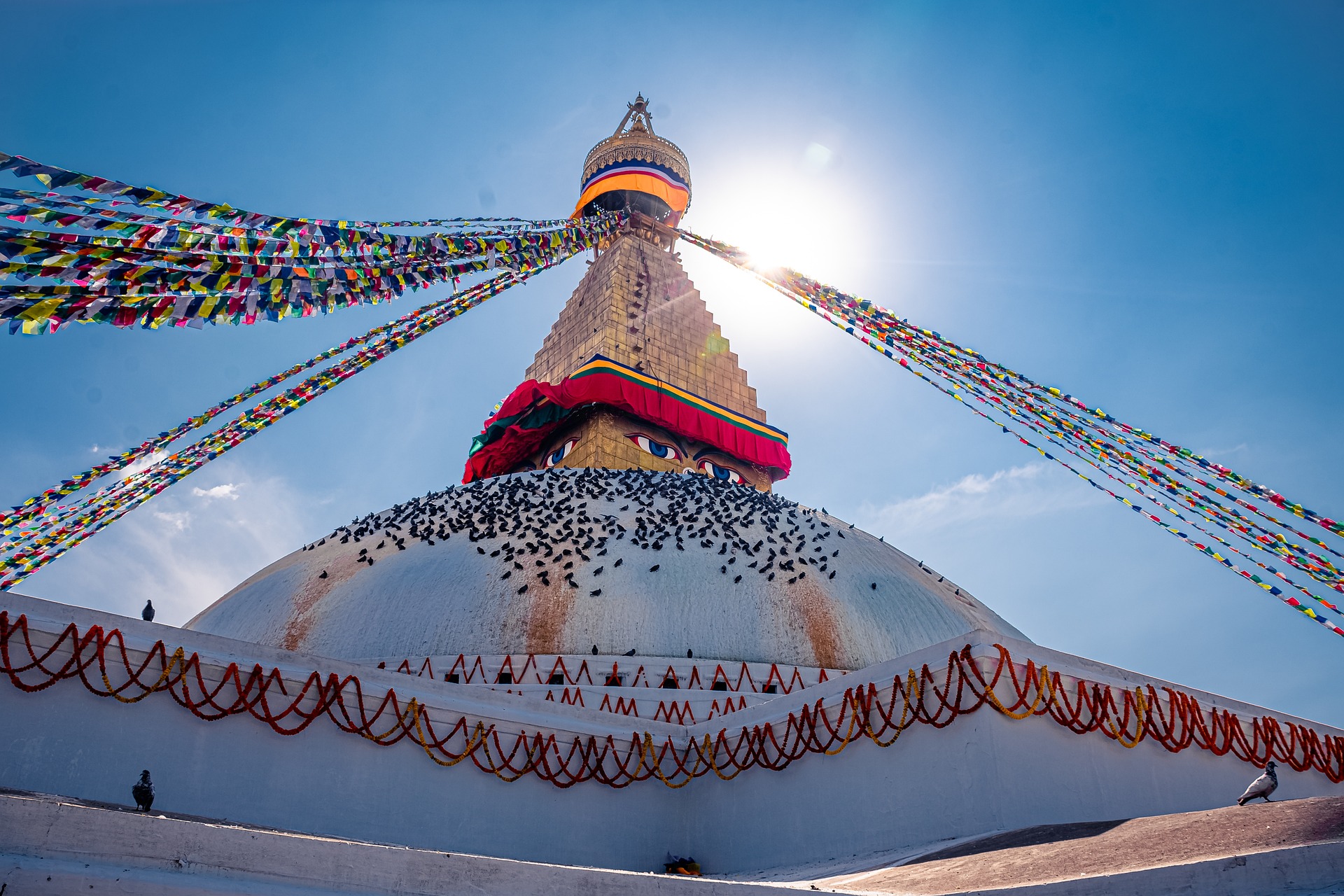
Arrival in Kathmandu. You will get a quick tour briefing with one of our knowledgeable tour managers after refreshments at the hotel.
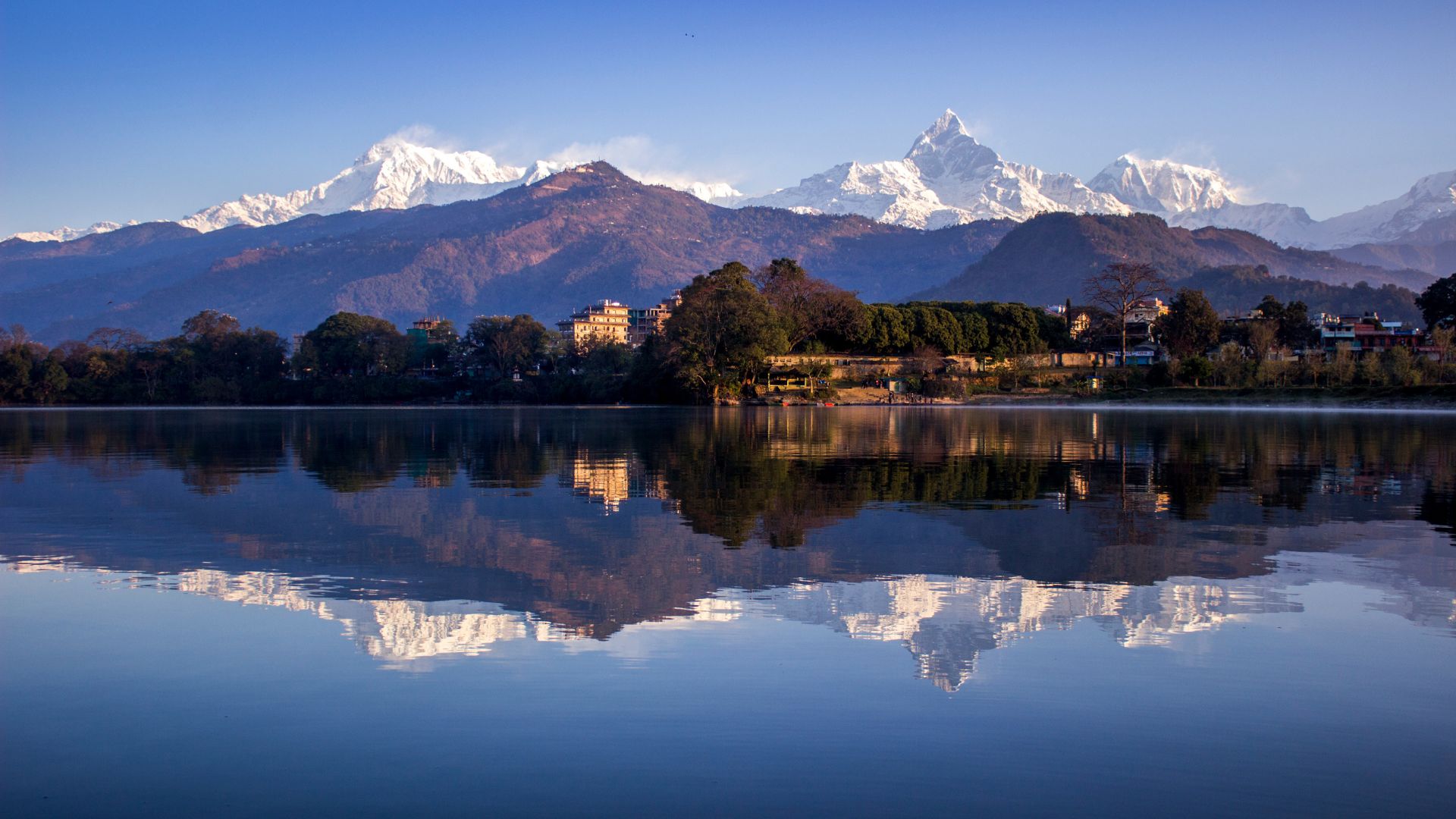
- The drive from Kathmandu to Pokhara takes about 6 hours. You can either take a private car or a tourist bus for the journey. The road is mostly smooth, but there can be some bumps and twists along the way.
- Upon arrival in Pokhara, you can check into your hotel and spend the rest of the day exploring the city. Pokhara is a beautiful city located on the shores of Phewa Lake, and there are many things to see and do here. Some of the popular attractions in Pokhara include the International Mountain Museum, the Peace Pagoda, the Barahi Temple, and the Mahendra Cave.
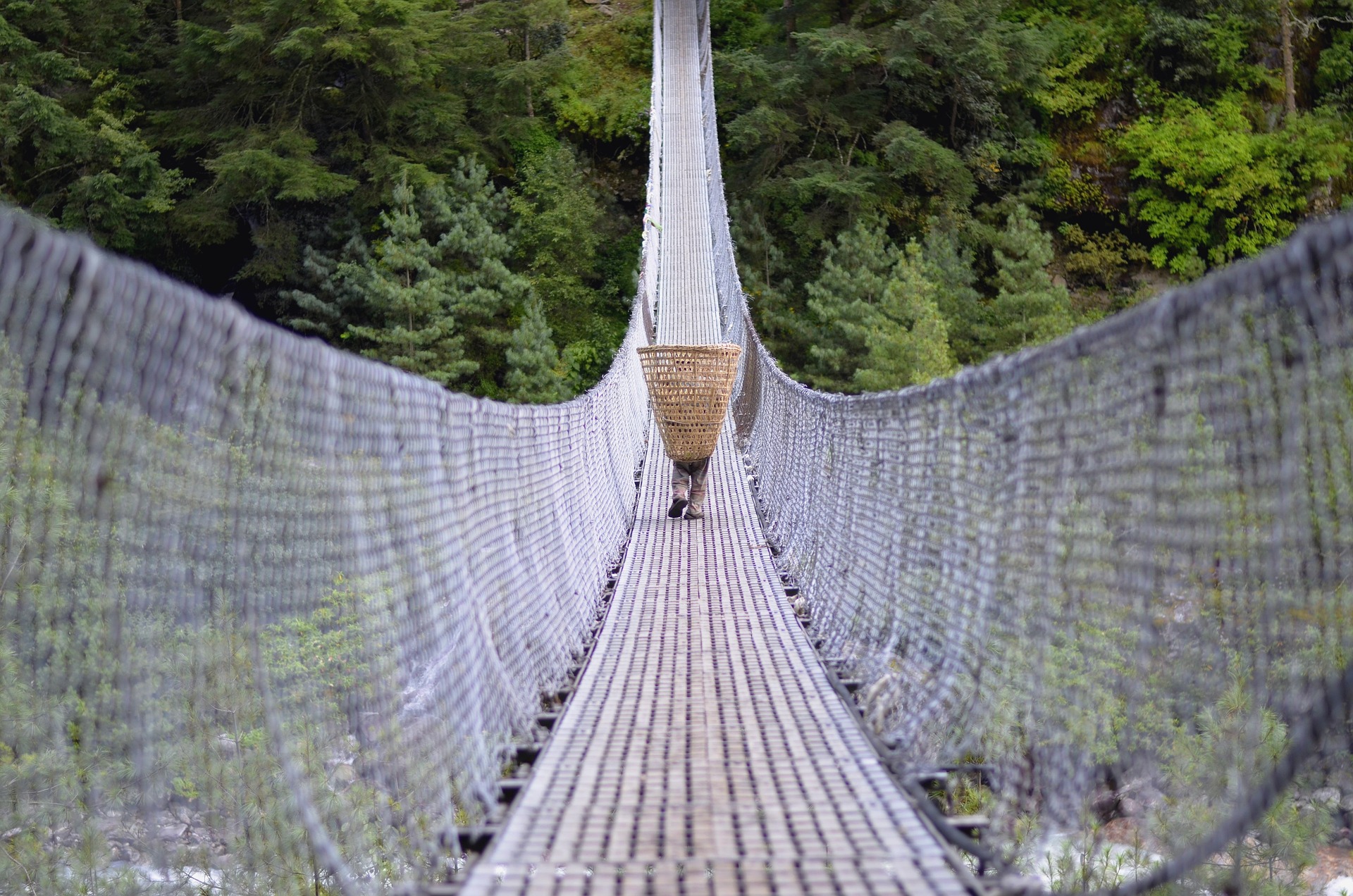
- After breakfast, you will be driven from Pokhara to Nayapul, which takes about 1.5 hours. Nayapul is the starting point of the Annapurna Base Camp trek.
- From Nayapul, you will start the trek to Tikhedhunga. The trek takes about 5 hours and covers a distance of about 12 kilometres. The trail starts off easy and gradually becomes steeper as you climb up to Tirkhedhunga. Along the way, you will pass through villages, rice terraces, and forests. Tirkhedhunga is a small village located on a ridge, and it offers beautiful views of the surrounding mountains.
- Overnight in Tikhedhunga.
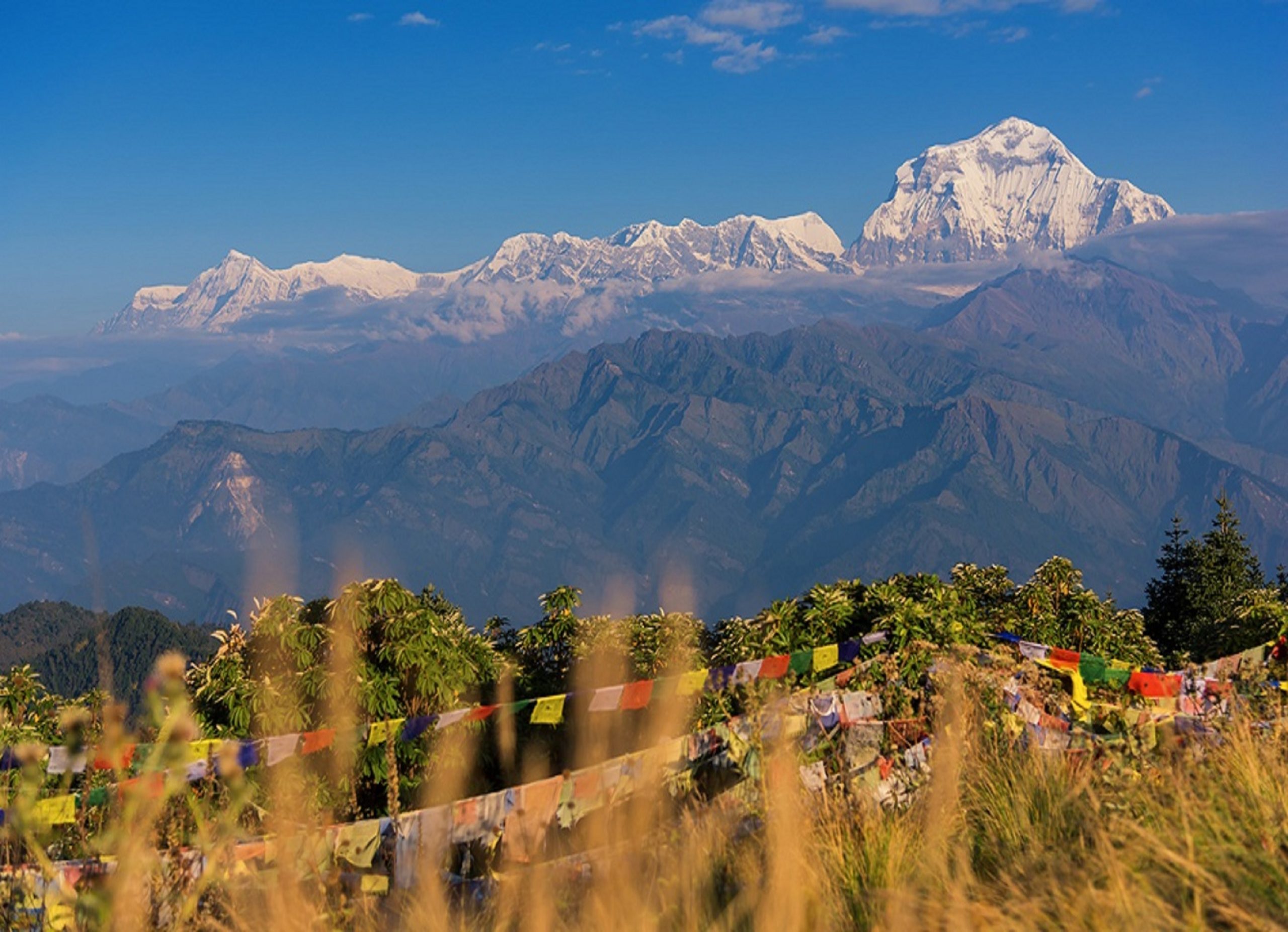
- Today’s trek takes you from Tikhedhunga to Ghorepani, which is a distance of about 18 kilometres and takes about 7 hours. The trail starts off easy and becomes steep as you climb up to Ulleri, a village located at an altitude of 2070 meters. From Ulleri, the trail becomes easier and takes you through forests of rhododendron, oak, and bamboo. Ghorepani is a small village located on a ridge and offers beautiful views of the surrounding mountains.
- Overnight in Ghorepani.

- Early in the morning, you will hike up to Poon Hill, which is a distance of about 3 kilometres and takes about 2 hours. Poon Hill is a popular viewpoint located at an altitude of 3210 meters, and it offers stunning sunrise views of the Annapurna range. After enjoying the sunrise, you will return to Ghorepani for breakfast.
- After breakfast, you will start the trek to Tadapani, which is a distance of about 12 kilometres and takes about 6 hours. The trail takes you through forests of rhododendron, oak, and bamboo. Tadapani is a small village located on a ridge and offers beautiful views of the surrounding mountains.
- Overnight in Tadapani.
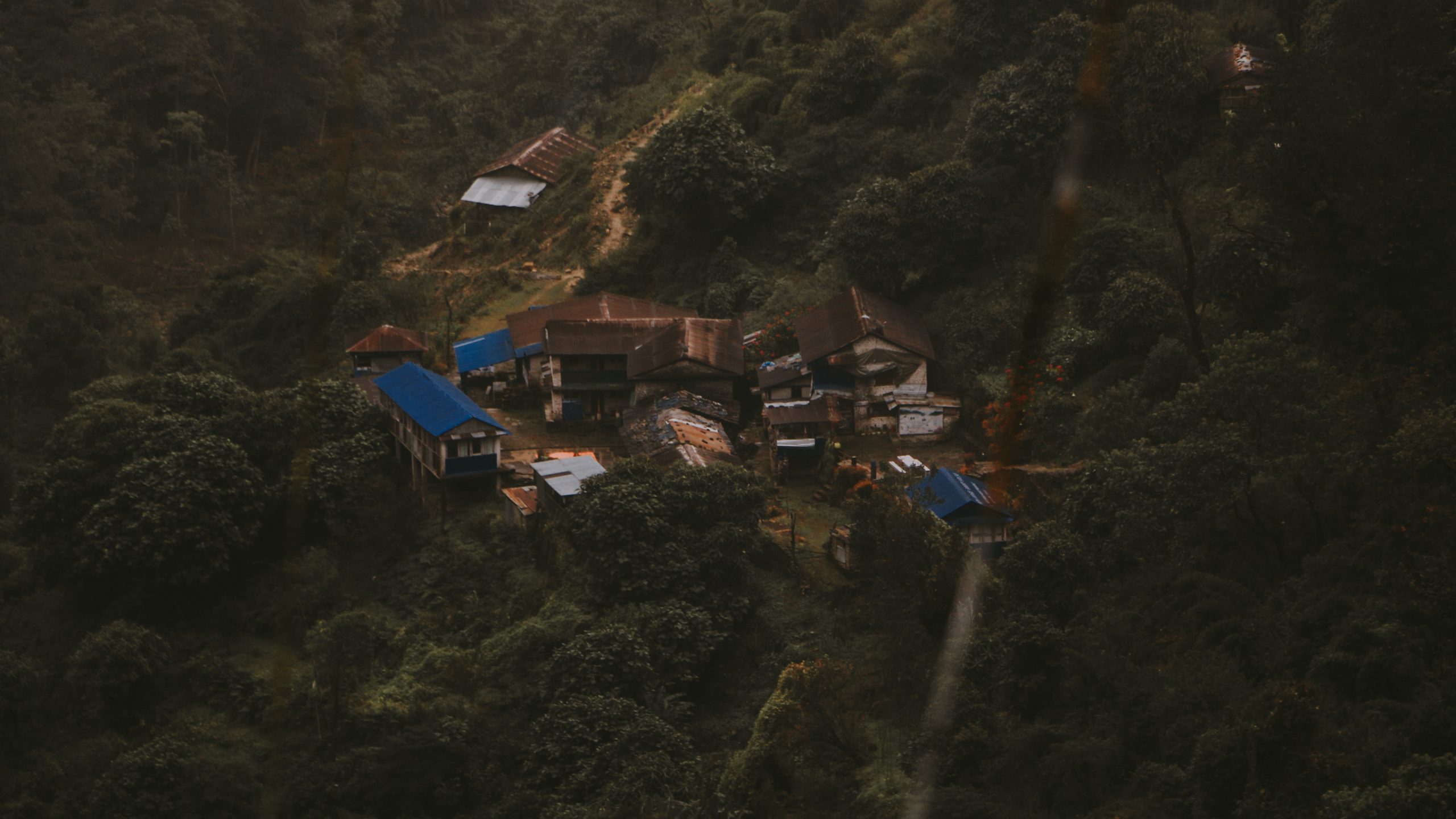
- Today’s trek takes you from Tadapani to Chomrong, which is a distance of about 11 kilometres and takes about 6 hours. The trail takes you through forests of rhododendron, oak, and bamboo, and offers beautiful views of the Annapurna range. Chomrong is a large village located on a ridge, and it is the last permanent settlement on the Annapurna Base Camp trek.
- Overnight in Chomrong.
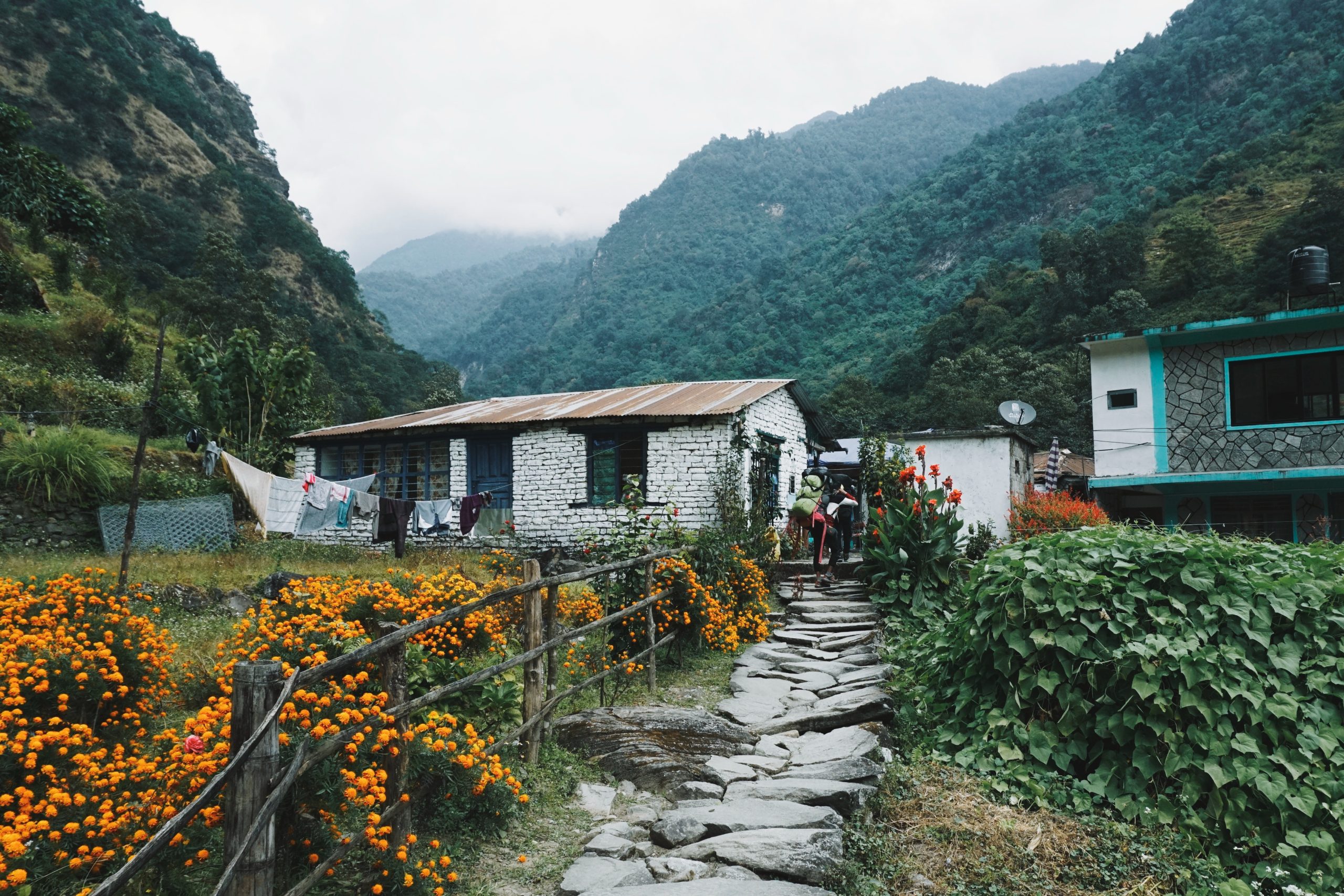
- Today’s trek takes you from Chomrong to Dovan, which is a distance of about 9 kilometres and takes about 6 hours. The trail takes you through forests of rhododendron, oak, and bamboo, and offers beautiful views of the Annapurna range. Dovan is a small village located on a ridge, and it is the last village on the Annapurna Base Camp trek.
- Overnight in Dovan.
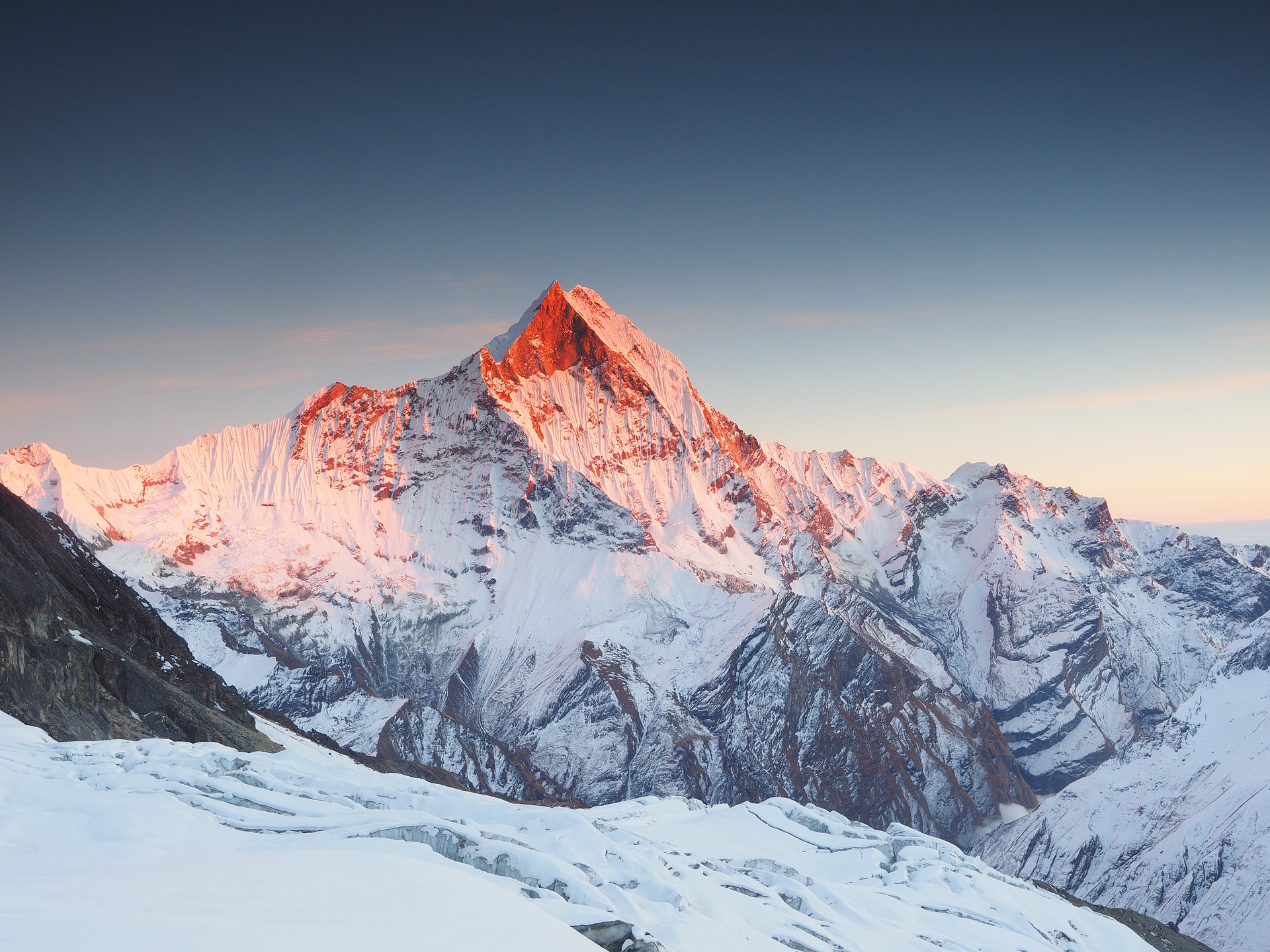
- Today’s trek takes you from Dovan to Annapurna Base Camp, which is a distance of about 8 kilometres and takes about 6 hours. The trail takes you through forests of rhododendron, oak, and bamboo, and offers beautiful views of the Annapurna range. Annapurna Base Camp is located at an altitude of 4130 meters, and it is the base of the Annapurna South glacier. The base camp offers stunning views of the surrounding mountains, including Annapurna South, Annapurna I, Hiunchuli, Gangapurna, and Machhapuchhre (Fishtail).
- Overnight in Annapurna Base Camp.
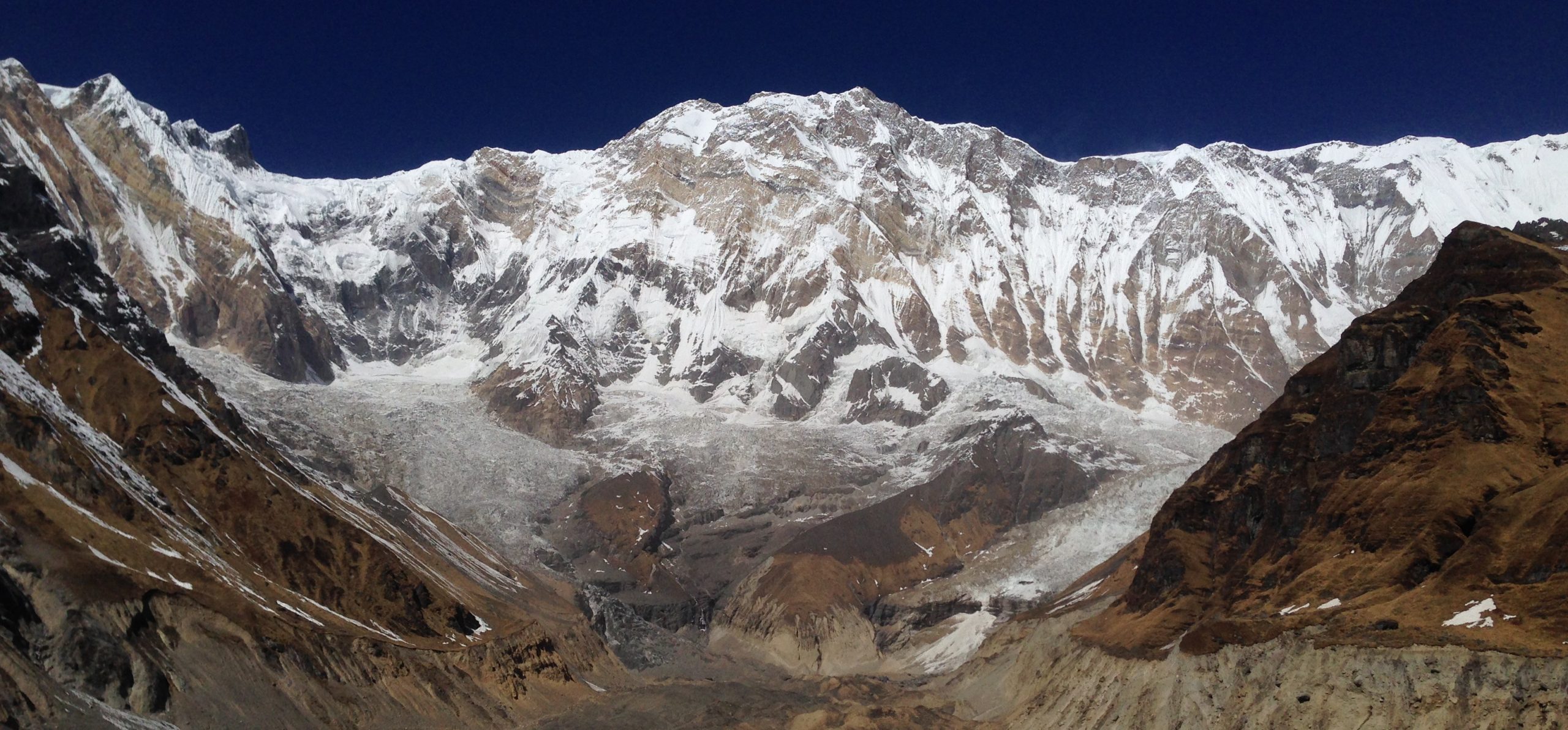
- Breakfast at Annapurna Base Camp followed by an exploration of the awe-inspiring magnificence of the Annapurna, Machapuchhre, and Annapurna Range.
- After you satisfy with your presence at Annapurna base camp, you will retrace your steps and trek back from Annapurna Base Camp to Dovan. The trek takes about 6 hours and covers a distance of about 8 kilometres.
- Overnight in Dovan.
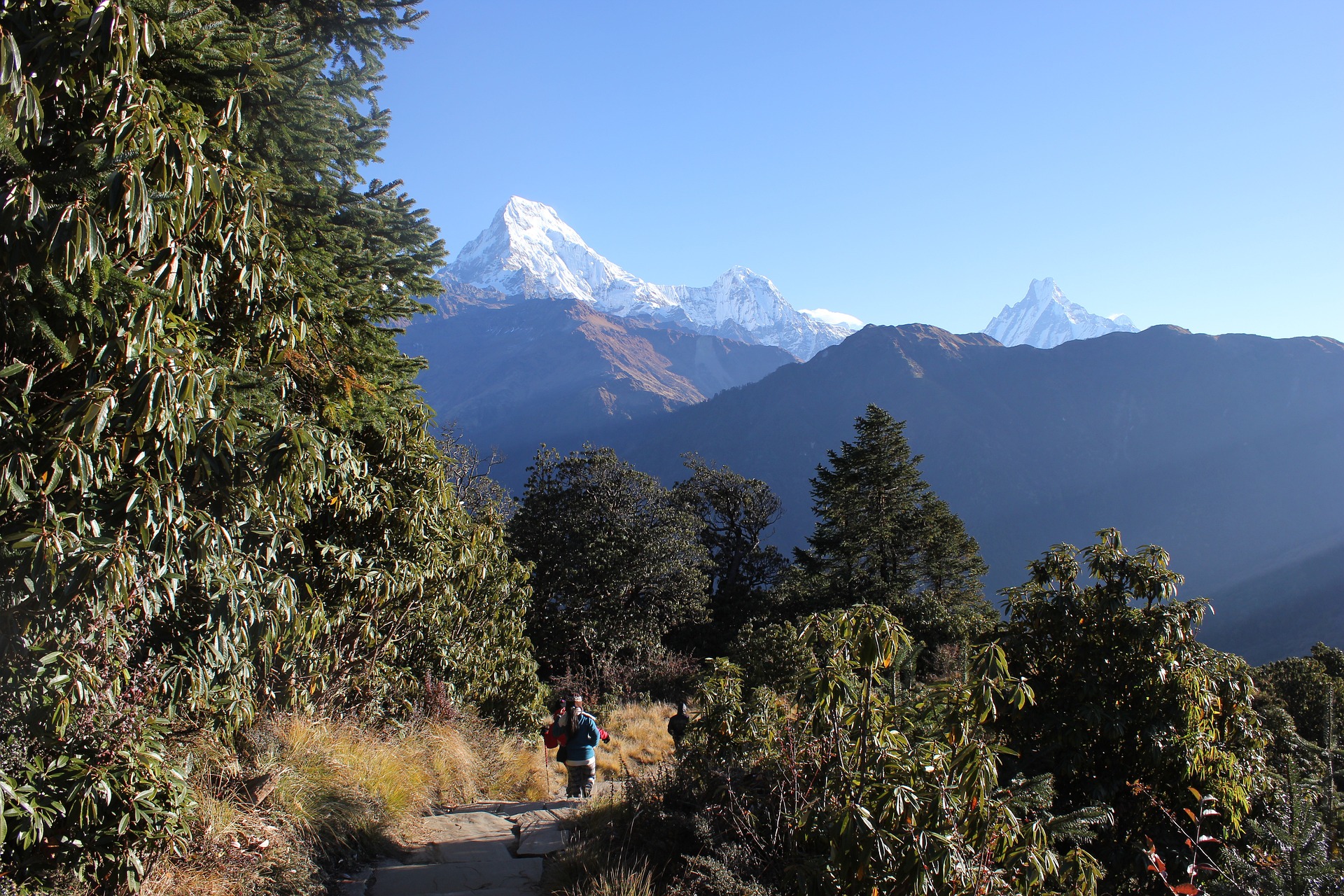
- Today’s trek takes you from Dovan to Jhinu Danda, which is a distance of about 13 kilometres and takes about 6 hours. The trail takes you through forests of rhododendron, oak, and bamboo, and offers beautiful views of the Annapurna range. Jhinu Danda is a small village located on a ridge, and it is known for its hot springs. You can relax in the hot springs and soothe your sore muscles.
- Overnight in Jhinu Danda.
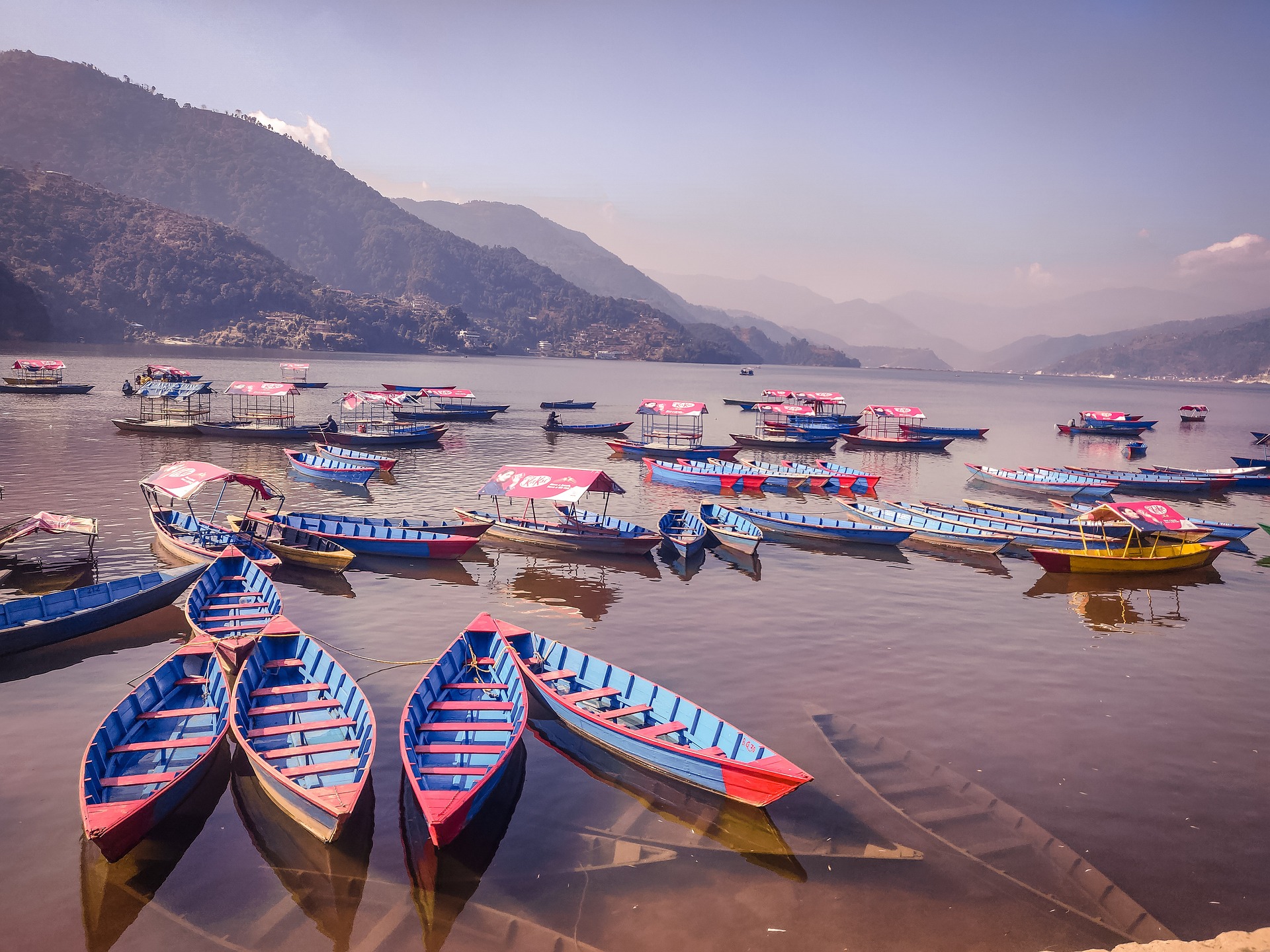
- Today, you will retrace your steps and trek back from Jhinu Danda to Nayapul. The trek takes about 6 hours and covers a distance of about 13 kilometres. From Nayapul, you will be driven back to Pokhara, which takes about 2 hours.
- Overnight in Pokhara.
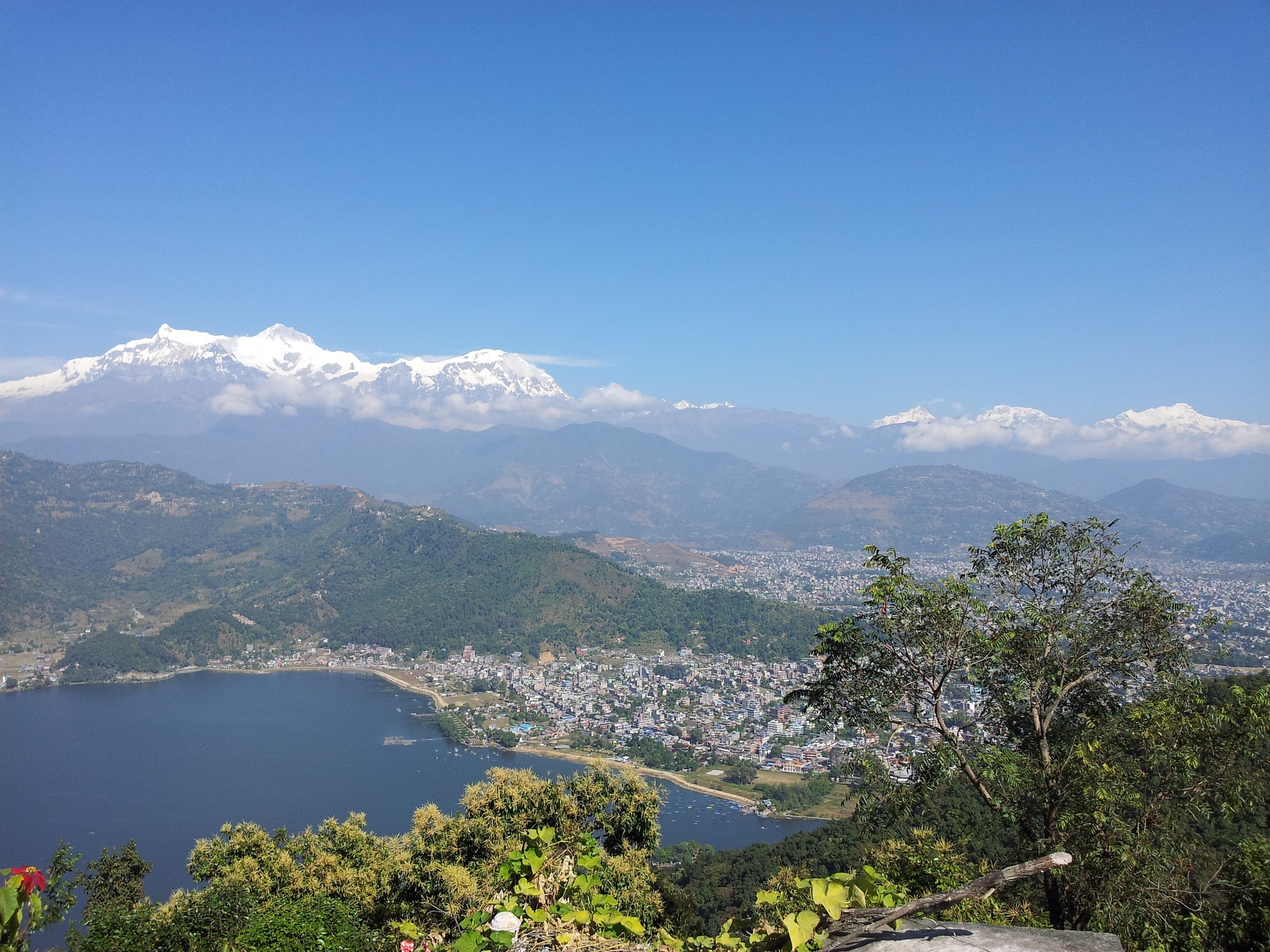
The fishtail mountain and the tranquillity of the lovely Phewa Lake are two natural features that Pokhara enjoys. The day will start after breakfast with a trip to Sarangkot, a breathtaking vantage point from where you can see Machhapuchhre, Dhaulagiri, and Annapurna. The four-wheel drive vehicle will proceed to the ancient market, Gupteshwor Cave, a revered cave that is home to a Shiva Temple, and Devi’s Fall, a waterfall that forms an underground tunnel.
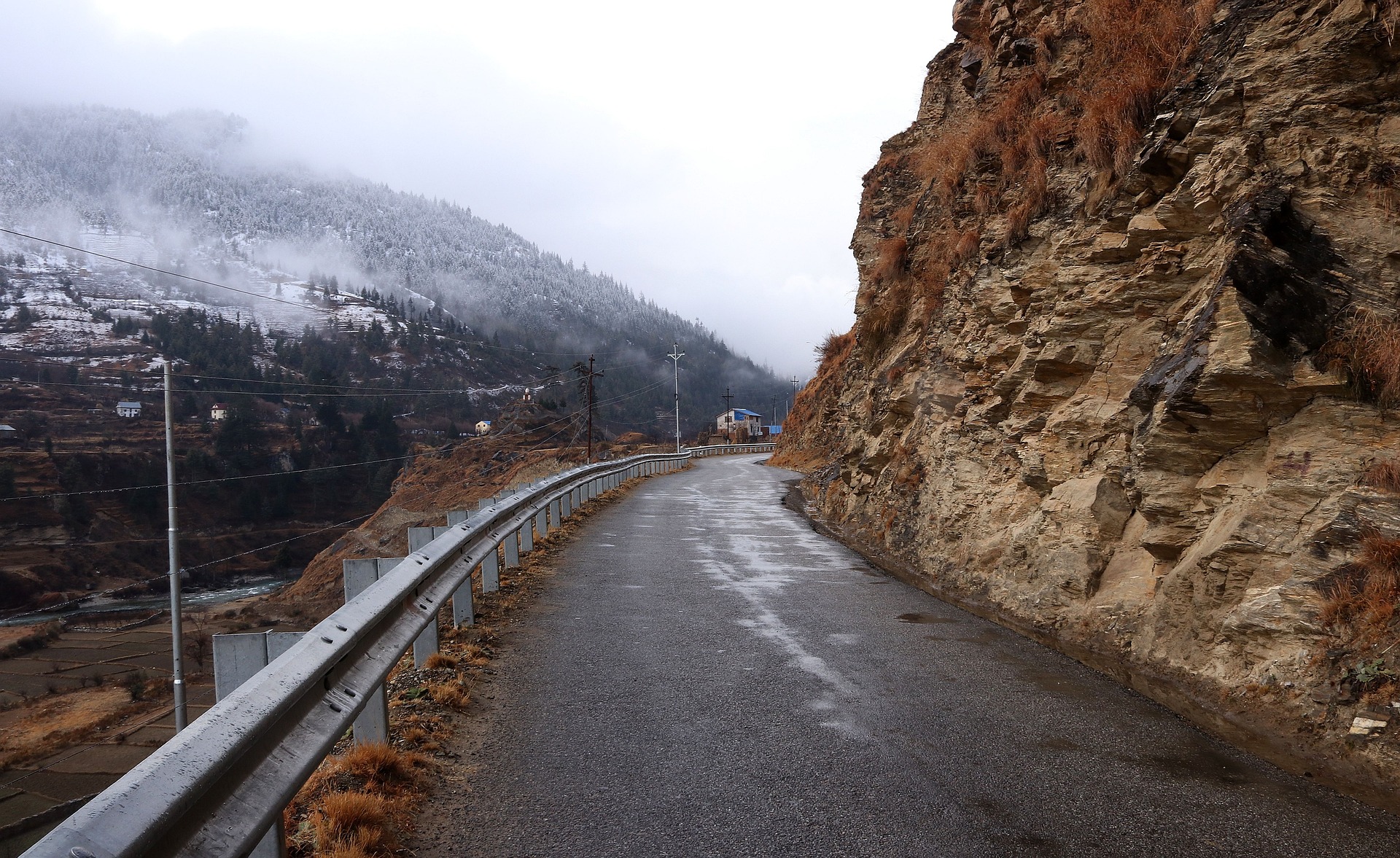
- Inform us if you prefer to take an early-morning flight to Kathmandu, which would allow you an additional day to explore the city. Alternatively, the road trip from Pokhara to Kathmandu is just as thrilling, granting you the opportunity to observe daily life along the highway. During the journey, we can pause for lunch in Gorkha, a historically significant destination in Nepal.
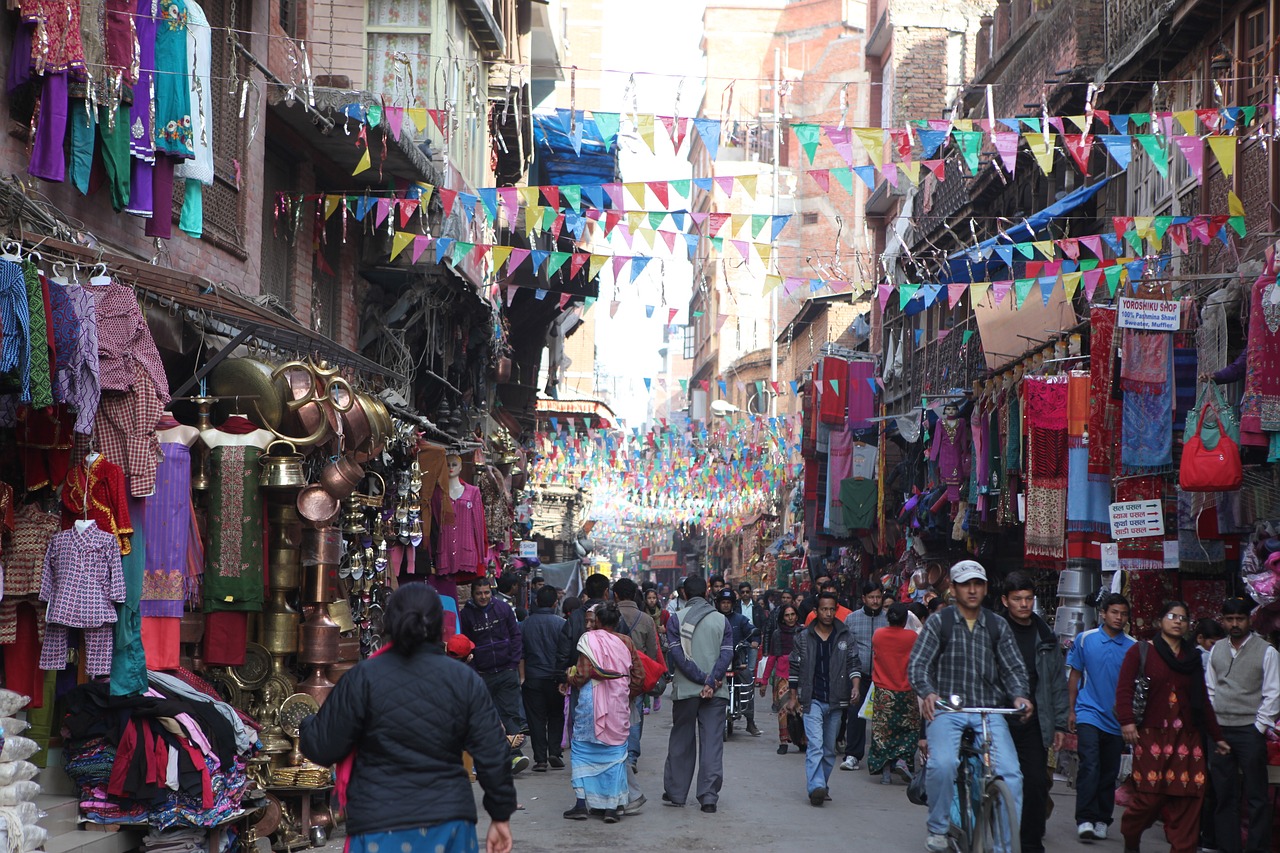
You now have two choices:
- One free day to independently explore the city (We will set pick up and drop time and the location)
- A tour of Kathmandu’s historic Darbar Square (the King’s Palace), followed by some souvenir shopping with Madam Sarala, our resident shopping guru.
Additionally, we can schedule a Boudhanath nighttime visit session. On the last day, Madam Tours will offer you a farewell dinner in a typical Nepali restaurant with cultural dance.
Please let us know which option you prefer.
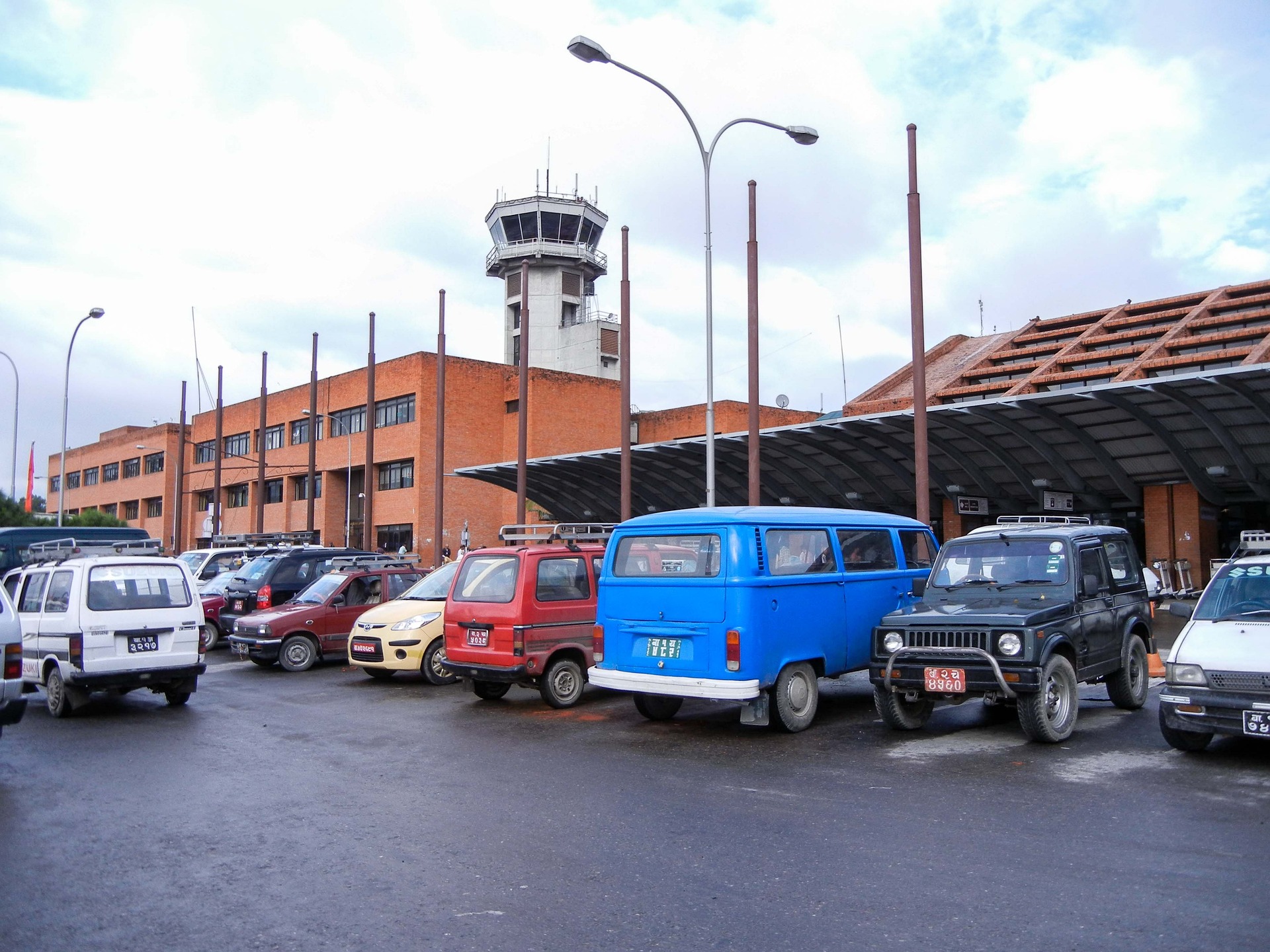
- Although saying goodbye is difficult, life must carry on, thus we choose to say: “See you next time!” Namaste. Our professional driver will pick you up from the hotel and transport you to the TIA departure gate.
Hotels
Hotels are from basic to 5-star rated or a similar standard.
| HOTEL OPTION | CATEGORY ROOM |
| Kantipur Temple House or/and similar | Deluxe / Twin share or Single |
| Hyatt Regency Taragoan, Kathmandu | Deluxe / Twin share or Single |
| Temples Tree Resort & Spa, Pokhara | Deluxe / Twin share or Single |
| Glacier Hotel & Spa, Pokhara | Deluxe / Twin share or Single |
| Tea houses or Guest Houses on the trek | Basic rooms |
Hotels are subject to change according to the season and booking time, In case of unavailability, we promise you that we will find similar standard hotels.
Facilities that may be available at the lodges and hotels during your trekking include:
- Comfortable beds with blankets and pillows
- Shared or attached bathrooms with hot water
- A restaurant serving Nepalese and international cuisine
- WiFi
- Electricity (may be limited or intermittent)
- Trekking gear rental services
- Common areas for relaxation and socializing
- Views of the surrounding mountains and landscapes
Tea Houses: Tea Houses are basic lodges that offer simple accommodation and meals. They usually have shared bathrooms and sometimes hot water may not be available. These lodges are run by local people and are a great way to experience the local culture.
Guest Houses: Guest Houses are slightly more comfortable than Tea Houses and offer private rooms with attached bathrooms. They may also have hot showers and a restaurant that serves Nepalese and international cuisine.
What’s Included
- Airport transfers
- All Domestic Transportation (Land and Air)
- All accommodations (Double deluxe room & Tea house during trekking)
- Guide’s & Driver’s and all staff’s insurance and wages
- The hike will be accompanied by an experienced local guide
- Entrance fees to all sightseeing
- Meals and Refreshments as mentioned in Itinerary, Breakfast (B), Lunch (L) Dinner (D)
- All permits for the trekking
What’s Excludes
- International Airfare, Visa fee to Nepal
- Any other cost other than the one mentioned above
- Meals that are not listed above
- Gratuities
- Your personal costs
- Any other personal expenses that may occur
- Personal insurance, health insurance, flight cancellation and etc
- Alcoholic beverages or Soft drinks
- Any damage was done by customers
- Penalty on anti-social behaviors
Taxes & Permit
The itinerary covers all necessary taxes and permits for both sightseeing and trekking, without any additional or unexpected expenses. You will only pay for what you see in the itinerary.
Meals
- Breakfast
- Lunch
- Dinner
- Packed meals
- Bottled water
- Farewell dinner
FAQs
Nothing to be honest. Just contact us and we will make the whole process very natural.
The length of a trekking day in Nepal can vary depending on the specific route and the fitness level of the group. On average, a trekking day in Nepal may involve walking for 5-7 hours, depending on the terrain and the elevation gain.
However, it is important to keep in mind that trekking in Nepal can be physically demanding, and it is important to pace yourself and listen to your body. If you are not used to trekking or hiking for long periods of time, it is a good idea to start with shorter trekking days and to build up your endurance gradually.
It is also a good idea to consult with a trekking agency or guide to get a sense of the daily schedule for the trek you are considering. They will be able to provide you with more detailed information about the distance and duration of each day’s walk, and they will be able to help you plan a trek that is suitable for your fitness level and
The weather in Nepal can vary widely depending on the time of year and the elevation. Here is some general information about the weather you can expect during trekking in Nepal:
Spring (March to May): Spring is a good time to visit Nepal for trekking, as the weather is generally warm and dry. The days are sunny, and the temperatures can reach up to 80°F (27°C). The nights can be cool, and it is a good idea to bring warm layers.
Summer (June to August): Summer is the monsoon season in Nepal, and the weather is generally wet and humid. The days are hot and muggy, and the nights are warm. Trekking during the monsoon season can be challenging, as the trails can be slippery and the visibility can be poor.
Autumn (September to November): Autumn is considered the best time to visit Nepal for trekking, as the weather is generally dry and clear. The days are warm, and the temperatures can reach up to 70°F (21°C). The nights are cool, and it is a good idea to bring warm layers.
Winter (December to February): Winter is the coldest time of year in Nepal, and the weather is generally dry and clear. The days are sunny, but the temperatures can be quite cold, especially at higher elevations. The nights are very cold, and it is important to bring warm layers and a good sleeping bag.
Overall, it is important to be prepared for a range of weather conditions when trekking in Nepal and to bring appropriate clothing and gear for the time of year and the elevation.
Nepal is generally considered a safe destination for solo female travelers, and many women travel to Nepal without incident. However, as with any travel destination, it is important to be aware of your surroundings and to take necessary precautions to protect your safety.
Here are a few tips for solo female travelers in Nepal:
Research your destination: Before you travel to Nepal, it is a good idea to research your destination and become familiar with local customs and cultural norms. This will help you feel more comfortable and confident while you are traveling.
Stay in safe accommodations: Choose a safe and reputable place to stay, such as a hotel or guesthouse that has good reviews and a secure location. Avoid staying in isolated or poorly lit areas.
Be aware of your surroundings: Stay alert and be aware of your surroundings at all times. Avoid walking alone at night or in isolated areas, and consider carrying a personal safety alarm or a mobile phone for emergency use.
Trust your instincts: If you feel uncomfortable or unsafe at any time, trust your instincts and remove yourself from the situation. It is always better to be safe than sorry.
Overall, Nepal is generally a safe destination for solo female travelers, but it is important to be aware of your surroundings and to take necessary precautions to protect your safety.
Here are a few tips for trekking in the Himalayas as a beginner:
Start with a shorter and more moderate trek: If you are new to trekking, it is a good idea to start with a shorter and more moderate trek, such as a 3-5 day trek. This will give you a chance to get a feel for trekking and to build up your endurance gradually.
Choose a route with good acclimatization: Altitude sickness can be a concern in the Himalayas, so it is important to choose a route that allows for good acclimatization. This means choosing a route that ascends gradually and that allows for rest days to allow your body to adjust to the higher elevation.
Be prepared: Make sure you are properly equipped for your trek, and bring appropriate clothing and gear for the weather and the elevation. It is also a good idea to bring any necessary medications or first aid supplies.
Hire a guide or join a group: If you are new to trekking, it is a good idea to hire a guide or join a group for your trek. A guide can provide valuable information and support, and a group can provide a sense of safety and camaraderie.
Overall, it is possible to trek in the Himalayas even if you are new to trekking, but it is important to choose a route that is suitable for your fitness level and experience, to be prepared, and to follow the advice of a guide or group leader.

